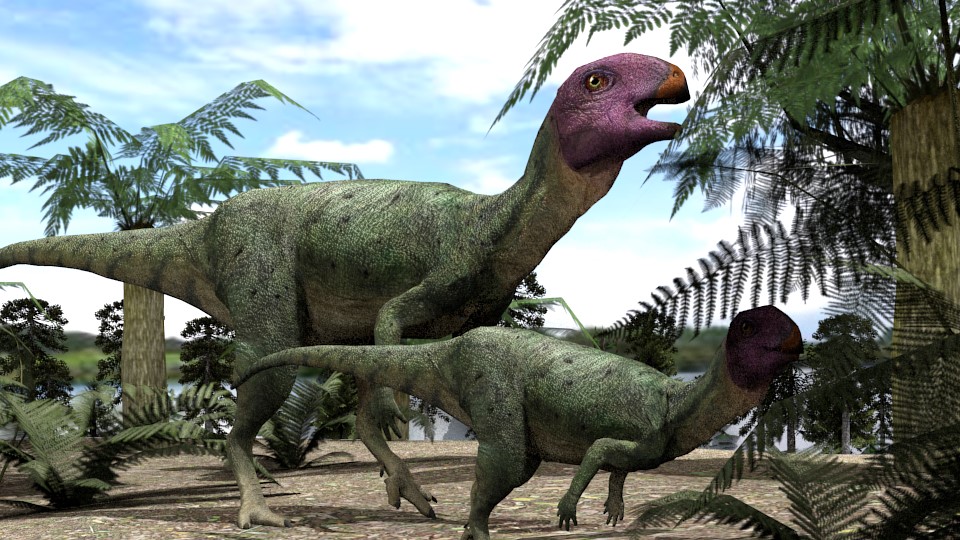Dog-Sized Dinosaur Was an Eating Machine Capable of Shredding Plants
Posted on Categories Discover Magazine

Paleontologists in Thailand recently unveiled the discovery of a new dinosaur, Minimocursor phunoiensis, or “smallest runner” in Latin. The small, bipedal plant-eater likely ran in herds and occupied a lower rung on its local food chain. It would have dodged much larger predators, including the metriacanthosauridae theropods, predecessors to Tyrannosaurus Rex.
The skeleton is one of the best-preserved ever recovered from Southeast Asia, where it was found in the Kalasin province in northeastern Thailand. The team from the Palaeontological Research and Education Centre at Mahasarakham University has worked to classify the bones for more than 10 years before revealing the new dinosaur. The fossils came from a bone bed, a layer so dense that it reveals much about the ecosystem in which the dinosaurs had lived.
Read More: Ferocious, Badger-Like Animal Once Attacked and Killed Dinosaurs
Late Jurassic Dino
Over the years, paleontologists have identified other species from the area, including a freshwater hybodont shark, a lungfish, a species of turtle and crocodylomorphs (related to modern-day crocodiles).
The land is part of the larger Phu Kradung Formation, which is spread across a plateau in northeastern Thailand. This means that the “Minimo” dino, as some have called it, lived during the Late Jurassic, some 145 million years to 164 million years ago.
Scientists found the skeleton embedded in “brownish-purple and greenish-grey sandy siltstones,” according to the paper, and spent years cataloguing the fossils.
Read More: Were Dinosaurs Good Parents to Their Offspring?
“I’m 34 years old and, well, I found a new dinosaur. It’s very, very exciting,” said Sita Manitkoon, a member of the Palaeontological Research and Education Centre, in an interview with the Australia Broadcasting Corporation. “Previously, Thai dinosaurs, they usually find isolated bones, just some leg bones, some vertebrae, something like that. But in this case, we found a whole articulated skeleton, so it’s very special.”
Experts have already pointed to the fine condition of Minimo’s hands and the discovery of “jugal boss” bones that stick out from the sides of the dinosaur’s head.
Reconstructions of Minimocursor phunoiensis. (Credit: Sita Manitkoon et al, 2023)
Teeth Built for Shredding
According to the team, Minimo had an overall length of about 6.5 feet, although the specimen discovered is a juvenile and only about the size of a medium dog. The paleontologists classified Minimo as a neornithischian dinosaur similar to the ornithischian ones from China, which were very quick, chicken-sized herbivores.
Neornithischians vary in appearance, but they’re united by a special adaptation in their teeth, which have an uneven covering of enamel. As a result, the teeth are uneven and form sharp edges, which help them to break down tough plant material.
At 150 million years old, Minimo forms the earliest neornithischian yet found in southeast Asia, and the discovery should help scientists understand how evolution played out in both that group and the larger ornithischians.
The Minimo team says it’s analyzing yet more M. phunoiensis bones, including another skull. The researchers found many similar-looking fossils in the Phu Kradung Formation, suggesting that many of the dinosaurs lived and died in the area. In 2014, a paper announced the discovery of a feathered neornithischian dinosaur that had lived in modern-day Siberia during the Jurassic.
Read More: The Time of Giants: How Did Dinosaurs Get So Big?